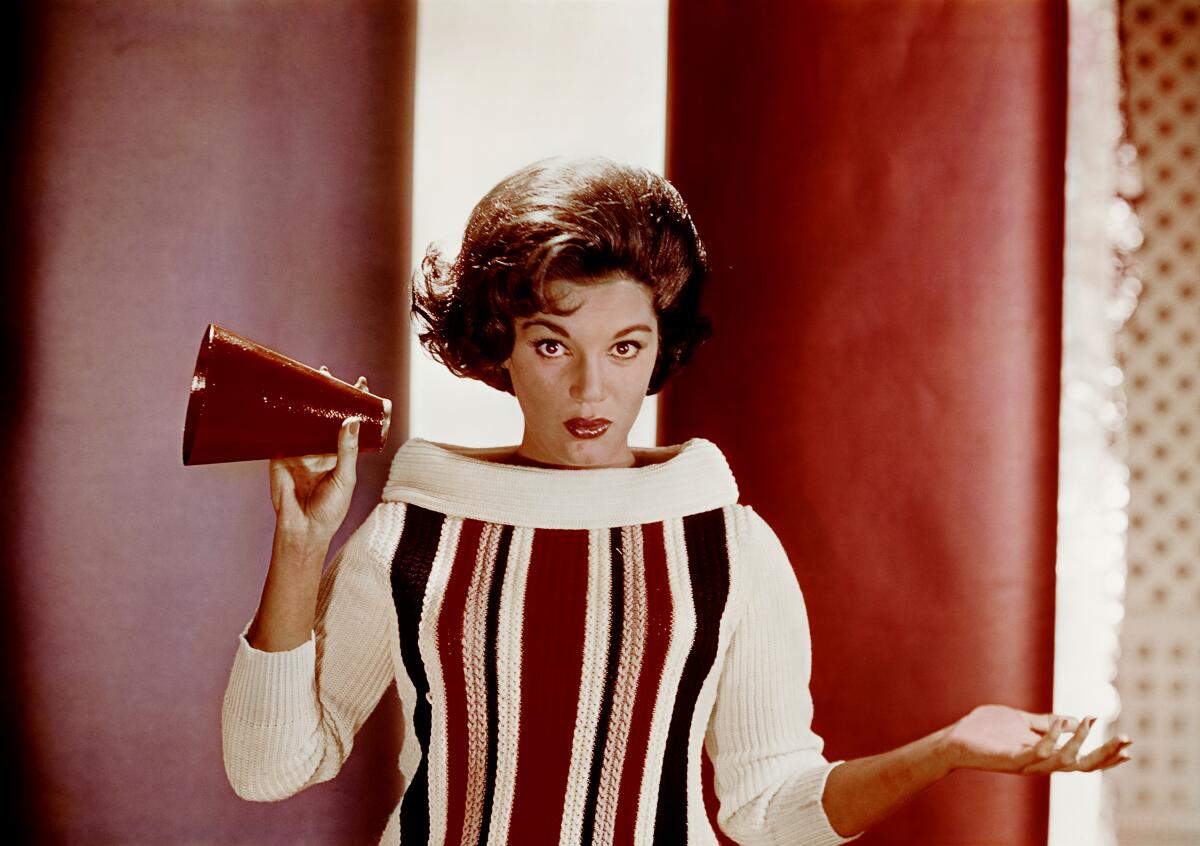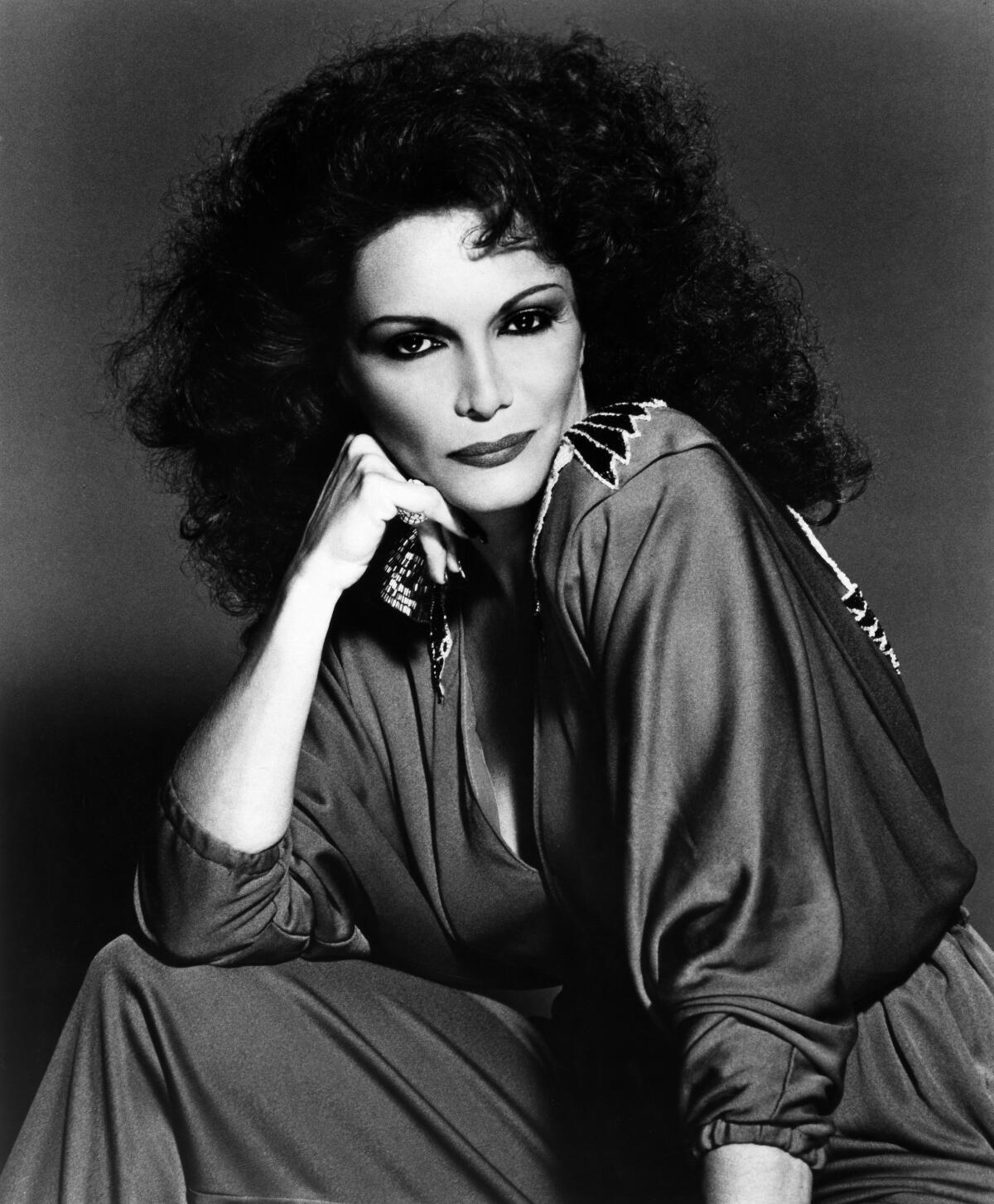Songwriter and musician Sonny Curtis of the Crickets dies at 88
Sonny Curtis, a vintage rock ‘n’ roller who wrote the raw classic “I Fought the Law” and posed the enduring question “Who can turn the world on with her smile?” as the writer-crooner of the theme song to “The Mary Tyler Moore Show,” has died at 88.
Curtis, inducted into the Rock and Roll Hall of Fame as a member of The Crickets in 2012, died Friday, his wife of more than a half-century, Louise Curtis, confirmed to The Associated Press. His daughter, Sarah Curtis, wrote on his Facebook page that he had been suddenly ill.
Curtis wrote or co-wrote hundreds of songs, from Keith Whitley’s country smash “I’m No Stranger to the Rain” to the Everly Brothers’ “Walk Right Back,” a personal favorite Curtis completed while in Army basic training. Bing Crosby, Glen Campbell, Bruce Springsteen and the Grateful Dead were among other artists who covered his work.
Born during the Great Depression to cotton farmers outside of Meadow, Texas, Curtis was a childhood friend of Buddy Holly’s and an active musician in the formative years of rock, whether jamming on guitar with Holly in the mid-1950s or opening for Elvis Presley when Elvis was still a regional act. Curtis’ songwriting touch also soon emerged: Before he turned 20, he had written the hit “Someday” for Webb Pierce and “Rock Around With Ollie Vee” for Holly.
Curtis had left Holly’s group, the Crickets, before Holly became a major star. But he returned after Holly died in a plane crash in 1959 and he was featured the following year on the album “In Style with the Crickets,” which included “I Fought the Law” (dashed off in a single afternoon, according to Curtis, who would say he had no direct inspiration for the song) and the Jerry Allison collaboration “More Than I Can Say,” a hit for Bobby Vee, and later for Leo Sayer.
Meanwhile, it took until 1966 for “I Fought the Law” and its now-immortal refrain “I fought the law — and the law won” to catch on: The Texas-based Bobby Fuller Four made it a Top 10 song. Over the following decades, it was covered by dozens of artists, from punk (the Clash) to country (Johnny Cash, Nanci Griffith) to Springsteen, Tom Petty and other mainstream rock stars.
“It’s my most important copyright,” Curtis told The Tennessean in 2014.
Curtis’ other signature song was as uplifting as “I Fought the Law” was resigned. In 1970, he was writing commercial jingles when he came up with the theme for a new CBS sitcom starring Moore as a single woman hired as a TV producer in Minneapolis. He called the song “Love is All Around,” and used a smooth melody to eventually serve up lyrics as indelible as any in television history:
“Who can turn the world on with her smile? / Who can take a nothing day, and suddenly make it all seem worthwhile? / Well it’s you girl, and you should know it / With each glance and every little movement you show it.”
The song’s endurance was sealed by the images it was heard over, especially Moore’s triumphant toss of her hat as Curtis proclaims, “You’re going to make it after all.” In tribute, other artists began recording it, including Sammy Davis Jr., Joan Jett and the Blackhearts and Minnesota’s Hüsker Dü. A commercial release featuring Curtis came out in 1980 and was a modest success, peaking at No. 29 on Billboard’s country chart.
Curtis would recall being commissioned by his friend Doug Gilmore, a music industry road manager who had heard the sitcom’s developers were looking for an opening song.
“Naturally I said yes, and later that morning, he dropped off a four-page format — you know ‘Girl from the Midwest, moves to Minneapolis, gets a job in a newsroom, can’t afford her apartment etc.,’ which gave me the flavor of what it was all about,” said Curtis, who soon met with show co-creator (and later Oscar-winning filmmaker) James L. Brooks.
“[He] came into this huge empty room, no furniture apart from a phone lying on the floor, and at first, I thought he was rather cold and sort of distant, and he said ‘We’re not at the stage of picking a song yet, but I’ll listen anyway,’” Curtis recalled. “So I played the song, just me and my guitar, and next thing, he started phoning people, and the room filled up, and then he sent out for a tape recorder.”
Curtis would eventually write two versions: the first used in Season 1, the second and better known for the remaining six seasons. The original words were more tentative, opening with “How will you make it on your own?” and ending with “You might just make it after all.” By Season 2, the show was a hit and the lyrics were reworked. The producers had wanted Andy Williams to sing the theme song, but he turned it down and Curtis’ easygoing baritone was heard instead.
Curtis made a handful of solo albums, including “Sonny Curtis” and “Spectrum,” and hit the country Top 20 with the 1981 single “Good Ol’ Girls.” In later years, he continued to play with Allison and other members of the Crickets. The band released several albums, among them “The Crickets and Their Buddies,” featuring appearances by Eric Clapton, Graham Nash and Phil Everly. One of Curtis’ more notable songs was “The Real Buddy Holly Story,” a rebuke to the 1978 biopic “The Buddy Holly Story,” which starred Gary Busey.
Curtis settled in Nashville in the mid-1970s and lived there with his wife, Louise. He was inducted into the Nashville Songwriters Hall of Fame in 1991 and, as part of the Crickets, into Nashville’s Musicians Hall of Fame and Museum in 2007. Five years later, he and the Crickets were inducted into the Rock Hall, praised as “the blueprint for rock and roll bands (that) inspired thousands of kids to start up garage bands around the world.”
Italie writes for the Associated Press. Associated Press journalist Mallika Sen contributed reporting.




